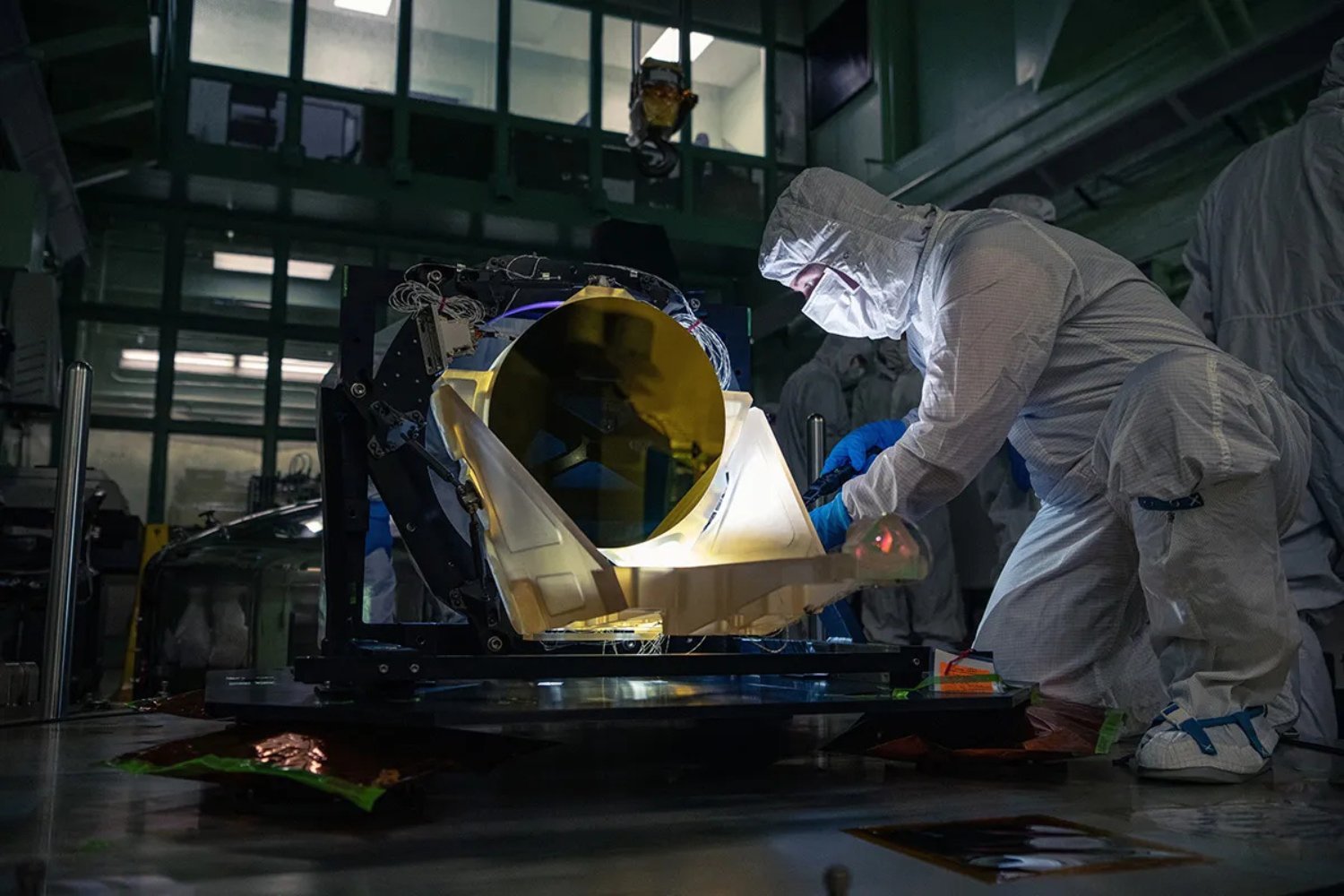
LISA: Revolutionizing Our Understanding of Gravitational Waves
LISA (Laser Interferometer Space Antenna) is a groundbreaking gravitational wave observatory scheduled for launch in the coming decade. This mission, led by the European Space Agency (ESA) with significant contributions from NASA, aims to transform our perception of gravitational waves, the infinitesimal ripples in spacetime predicted by Einstein’s theory of general relativity.
Design and Engineering Challenges
LISA consists of three spacecraft flying in a triangular formation around the Sun. Each spacecraft houses a gold-platinum alloy cube that serves as the reference point for measuring gravitational waves. These cubes are shielded from external forces to ensure that they move freely in response to spacetime distortions.
The key technology in LISA is laser interferometry. Lasers spanning millions of kilometers precisely measure the distances between the cubes, allowing scientists to detect tiny changes caused by gravitational waves. However, achieving this precision in space is a formidable engineering challenge, akin to aiming a laser from New York to Los Angeles and hitting a fruit fly’s eyeball.
Detecting Gravitational Waves in Space
LISA will explore frequencies that are inaccessible to Earth-based detectors. The noise and vibrations of our planet limit ground-based instruments to detecting higher frequencies emitted by smaller black holes.
In contrast, LISA will focus on lower-frequency gravitational waves produced by more massive black holes, which are particularly challenging to observe from Earth. These waves originate from the mergers of black holes, the formation of compact object binaries, and other astrophysical phenomena.
Unveiling Cosmic Mysteries
LISA’s vast data collection will shed light on fundamental questions about the universe. The mission will enable scientists to:
-
Study black hole mergers: LISA will detect gravitational waves from the mergers of black holes and neutron stars in the mass range that is currently inaccessible to ground-based detectors. This information will provide insights into the birth and evolution of black holes and the role they play in galaxy formation.
-
Characterize massive black holes: LISA will observe the activity around supermassive black holes at the centers of galaxies. By studying the gravitational waves emitted by these black holes, scientists can probe their masses, spins, and accretion processes.
-
Test general relativity: LISA’s precise measurements will provide a rigorous test of Einstein’s theory of general relativity. By comparing the observed gravitational waves to the predictions of the theory, scientists can verify its validity and search for deviations that could point to new physics.
-
Investigate the early universe: LISA may detect gravitational waves from the very early universe, providing insights into the formation and evolution of the first galaxies and black holes.
Overcoming Cosmic Noise
LISA must sift through a cacophony of cosmic noise to detect gravitational waves. White dwarf binaries, for example, can generate gravitational waves that mimic those produced by black holes. LISA’s data analysis will employ sophisticated techniques to separate the signal from the noise.
Scientific Collaboration
LISA is a collaboration between scientists from around the world. Researchers are already developing mock data challenges to prepare for the massive amount of data that LISA will collect. This collaborative effort will ensure that the mission’s scientific potential is fully exploited.
Conclusion
LISA is poised to revolutionize our understanding of gravitational waves and the universe they inhabit. Its unique design and advanced technology will allow scientists to probe the most extreme phenomena in the cosmos, from the mergers of black holes to the birth of the first galaxies. LISA’s discoveries will undoubtedly deepen our knowledge of spacetime, gravity, and the fundamental workings of the universe.
